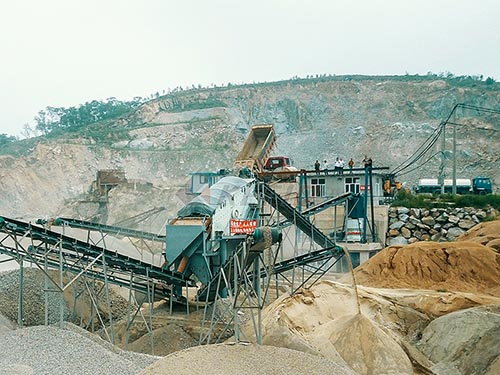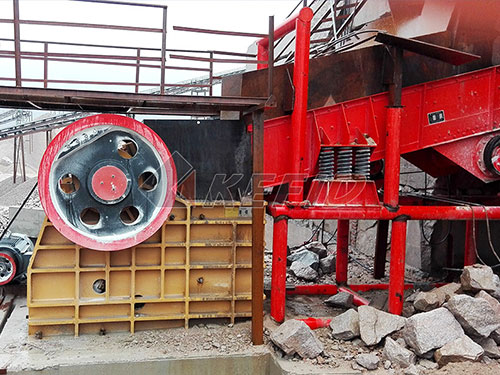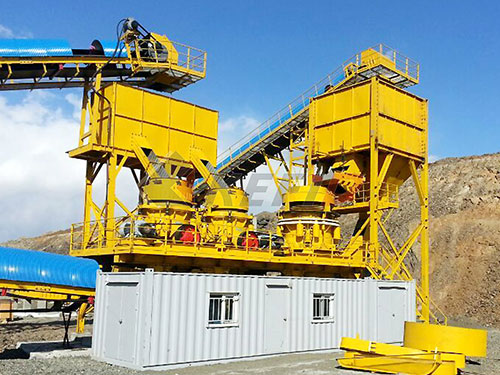The Surprisingly Delicate Strength: Understanding the Force to Crush an Aluminum Can
The humble aluminum beverage can is a marvel of modern engineering – lightweight, durable for its purpose, and infinitely recyclable. Yet, its seemingly sturdy structure possesses a fascinating vulnerability: it can be crushed relatively easily by hand under specific conditions. Understanding the force required reveals intriguing principles of physics and materials science.
The Anatomy of Weakness:
Contrary to intuition, an empty aluminum can is significantly weaker than a full or sealed one under lateral crushing forces (squeezing from the sides). This counterintuitive behavior stems from its fundamental design:
1. Thin-Walled Structure: Cans are designed to be incredibly thin-walled (typically around 0.1 mm) to minimize material use and weight while maintaining axial strength (resistance to top-bottom pressure from carbonation). This thinness makes them susceptible to buckling.
2. Cylindrical Geometry: A cylinder is inherently strong against uniform internal pressure – like the pressure from carbonated liquid pushing outward – distributing stress efficiently around its circumference.
3. Vulnerability to Buckling: However, when subjected to external lateral force applied at two opposite points (like squeezing between your palms), this thin-walled cylinder becomes highly vulnerable to elastic buckling. Buckling occurs when compressive stress causes a structure to suddenly bend or collapse sideways instead of just compressing.
The Physics of Collapse:
The critical factor determining when buckling occurs is the critical buckling pressure (`P_crit`). For a thin-walled cylinder under external radial pressure (like squeezing), this can be approximated by:
`P_crit ≈ (E t^3) / [4 R^3 (1 – ν^2)]`

Where:
`E` = Young’s Modulus of Aluminum (~69 GPa)
`t` = Wall Thickness (~0.0001 m)
`R` = Radius of the Can (~0.0325 m for a standard 65mm diameter can)
`ν` = Poisson’s Ratio for Aluminum (~0.33)
Plugging in these typical values yields a surprisingly low `P_crit`. This critical pressure translates into a critical crushing force (`F_crit`) needed on two opposite sides:

`F_crit ≈ P_crit L D`
Where:
`L` = Length/circumference involved in crushing (effectively related to finger/hand width

Leave a Reply